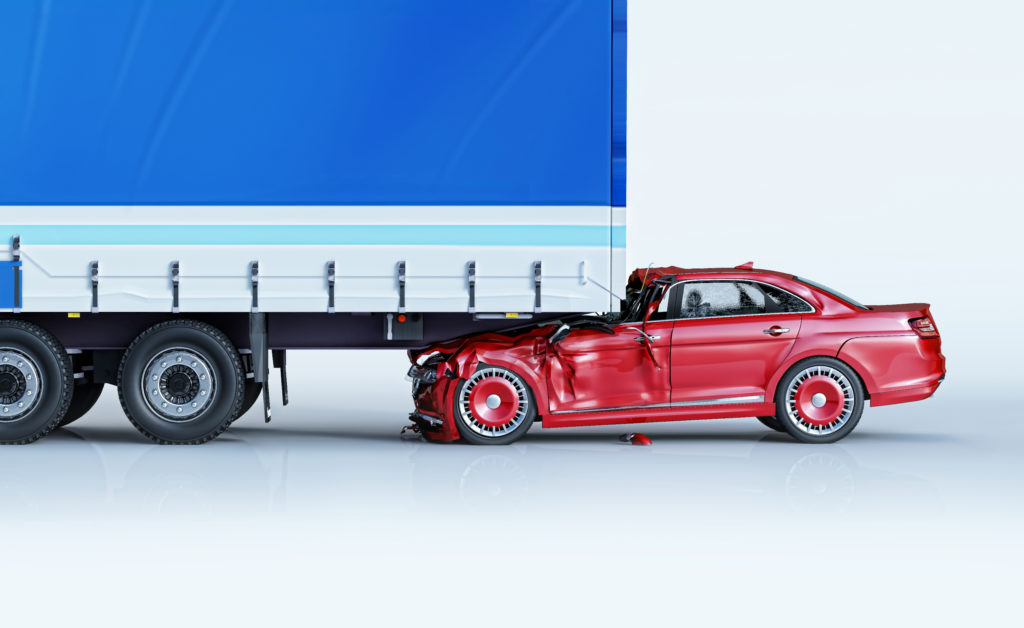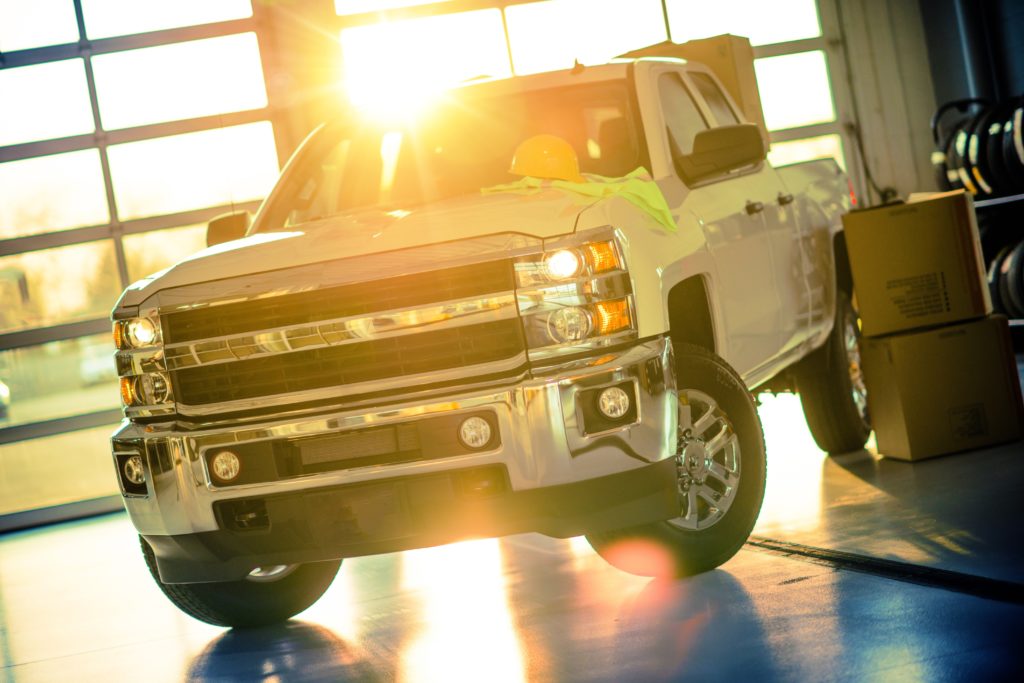
The Commercial Vehicle Safety Alliance (CVSA) an organization that includes both local and national government officials in North America, as well as industry representatives, will be conducting its International Roadcheck this year on May 5-7. The Roadcheck is an initiative meant to focus attention on the importance of commercial vehicle safety through a 72 hour marathon of roadside vehicle inspections throughout North America.
Inspectors will be checking both vehicles and drivers. They will conduct driver interviews, review documents, and check their records and inspection reports. Inspectors will also be looking for signs that a driver may be ill or fatigued, and whether the driver displays any signs of drug or alcohol abuse.
The inspectors will also conduct vehicle inspections to make sure drivers are operating a properly maintained rig. CVSA inspectors will be placing decals on vehicles on which no critical violations are found during their Level I or Level V inspections. However, inspections that do reveal critical violations may be rendered out of service until any violations are corrected.
Some drivers or motor carriers may decide they want to sit out the inspections all together. If you stay off the road in early May there is less of a chance of having to go through an inspection. However, not driving to avoid getting checked is not only unsafe it is also a bad business move.
If you’re not driving, you’re not earning. The purpose of running any efficient transportation business is to make a profit. With plenty of time and a warning of upcoming inspection dates, drivers and motor carriers can prepare to make sure all their logs, records, licenses, certifications, and vehicles are in proper order. A vehicle that doesn’t pass and is put out of commission cannot produce an income. A vehicle that has violations but is hidden from inspectors creates a great safety risk to professional drivers and to the public who use the roads. When a crash happens, you can be certain that there will be law enforcement, government officials, and lawyers scrutinizing over records and conducting inspections to find violations. In these situations, the risk of being put completely out of business is a real consequence that motor carriers can face. Even if the majority of a given company’s fleet is violation free, the part that is not can result in a shutdown.
Chances are that everything we see around us from goods, food, to furniture got to where it is at least in part by a truck. Commercial motor carriers are operating in a business that holds definite risks to public safety and property damage when people do not follow safety rules. If motor carriers or drivers do not follow safety rules and a crash occurs, government inspectors can cause the whole operation to be shut down. Crashes can also lead to insurance rates skyrocketing, making it too expensive to keep the business running.
Public safety is not the only concern when it comes to operating a commercial trucking company. IF a driver gets hurt as the result of an unsafe truck the company that driver works for can incur costs for worker’s compensation and will be short a driver. Additionally, vehicles are expensive. It costs money to fix or replace a damaged truck. Taken as a whole, it will certainly be less expensive to properly maintain a fleet of vehicles and follow all the proper safety rules rather than to cut corners. It’s much less expensive to stay safe than to recoup after a crash. Of course, your life and health are priceless.




